Taming the Ring of Fire: Real-Time Volcano Eruption Monitoring
Why This Project Is Important
Current monitoring systems are not capable of recording the low-frequency signals that often herald explosions. Better information about bigger eruptions will help us greatly in our overall understanding of the volcano.
Project Description
Fuego is a persistently active volcano in Guatemala with small, frequent eruptions that can last for days or weeks. During periods of heightened activity, Fuego can produce dangerous pyroclastic flows, threatening villages on the flanks of the volcano. In September 2012, thousands of residents had to flee the area during a period of increased activity. Recent work by Michigan Technological University researchers has shown that ground tilting, assumed to be due to pressurization in the magmatic system, precedes many of the smaller explosions. Unfortunately, the existing seismic station—operated by Guatemala's Instituto Nacional de Sismología, Vulcanología, Meteorología e Hidrología (INSIVUMEH)—is not capable of measuring this signal because it is too far away from the volcano, and the sensor itself is not sensitive to very-low-frequency tilt signals. INSIVUMEH has observers who are responsible for monitoring volcanic activity. Using information from their seismograph—and visual cues—they assess the level of activity and warn others about potential hazards. The team successfully evacuated several communities during the September 2012 eruption, but access to real-time data would be even more beneficial.
In order to measure tilt events, we are seeking funding to install a broadband seismic station high up on Fuego for a two-year trial period. The data we collect must then be transmitted in real time in order to aid in hazard analysis and prediction. We have partnered with technicians from the USGS Volcano Disaster Assistance Team who will provide support for the project. Accurate ground-tilt predictions could one day result in more precise evacuations—and many saved lives. The only way to establish a methodology for using tilt to forecast eruptions is to collect data from hundreds of explosions. This study will also help us better understand the science of volcanoes; from eruption cycles to conduit systems, there is much knowledge to be gained at Volcán de Fuego.
Meet the Researcher

Greg Waite
Dr. Waite uses seismology to study the Earth over a range of scales from the crust to the upper mantle. His research integrates seismology with other geophysical and geological techniques to develop models for active processes in the crust and upper mantle.
days left
funded
last
What Your Donation Can Help Us Do:
- Install and maintain real-time monitoring equipment on Volcán de Fuego
- Fund travel to site for researchers and students to perform service on the site
- Cover annual power and data-telemetry operating costs
$1+ 9 Funders
Receipt acknowledging tax-deductible status of your donation.
$100+ 9 Funders
The above, plus regular email updates on the progress of the project and a T-shirt.
$250+ 6 Funders
All of the above, plus acknowledgement in publications from the project and signed copies of all journal articles.
$500+ 2 Funders
All of the above, plus an interview with the research team by phone, Skype, or in person at the University (travel not included).
$1,000+ 1 Funder
All of the above, plus a framed photograph of an explosive eruption or a small plaque with a Fuego lava bomb mounted on it.
Recent Donors
Some donors may be hidden.
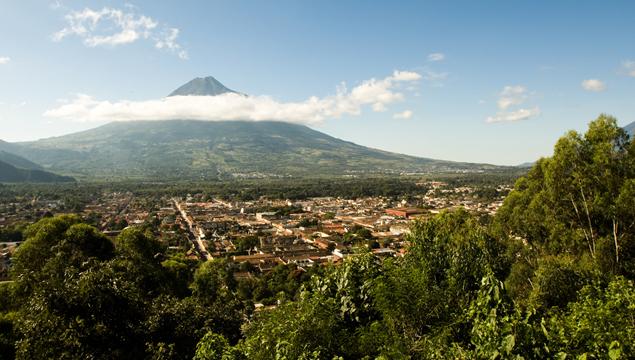
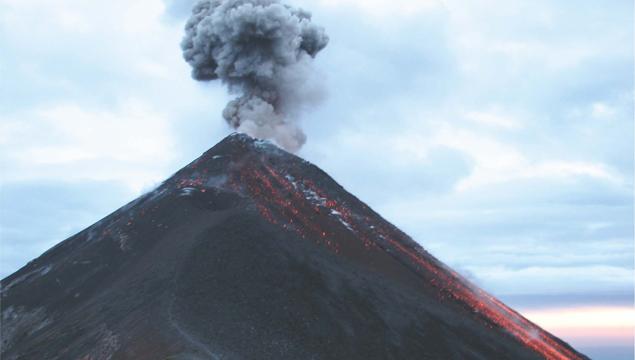
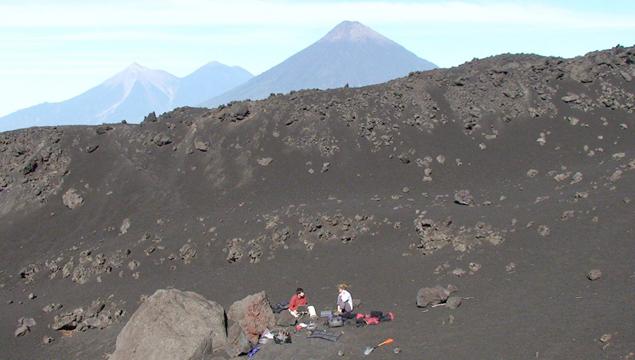
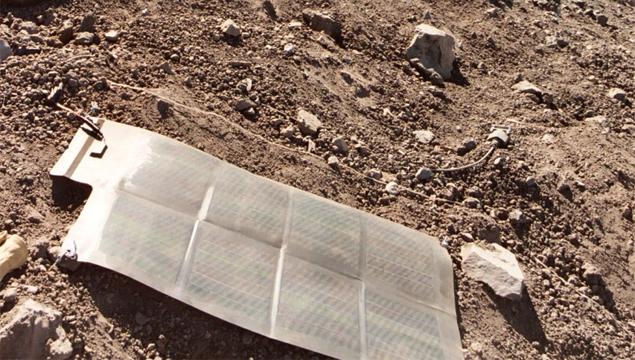
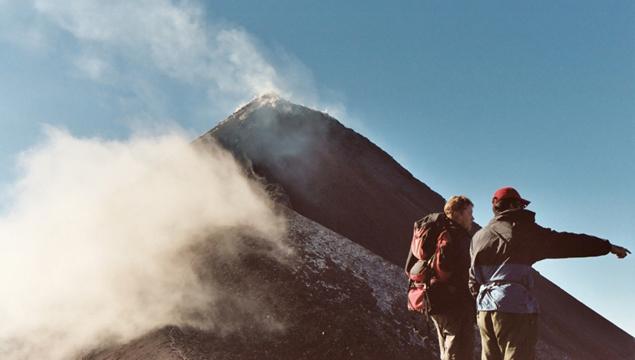


 Gifts to projects listed on SUPERIORIDEAS.ORG are received and processed by Michigan Tech Fund. Michigan Tech Fund is a tax-exempt organization under Section 501(c)(3) of the Internal Revenue Code acting on behalf of Michigan Technological University. It is the policy of Michigan Tech Fund that a portion of the gifts and/or income therefrom may be used to defray the costs of raising and administering the funds.
Gifts to projects listed on SUPERIORIDEAS.ORG are received and processed by Michigan Tech Fund. Michigan Tech Fund is a tax-exempt organization under Section 501(c)(3) of the Internal Revenue Code acting on behalf of Michigan Technological University. It is the policy of Michigan Tech Fund that a portion of the gifts and/or income therefrom may be used to defray the costs of raising and administering the funds.